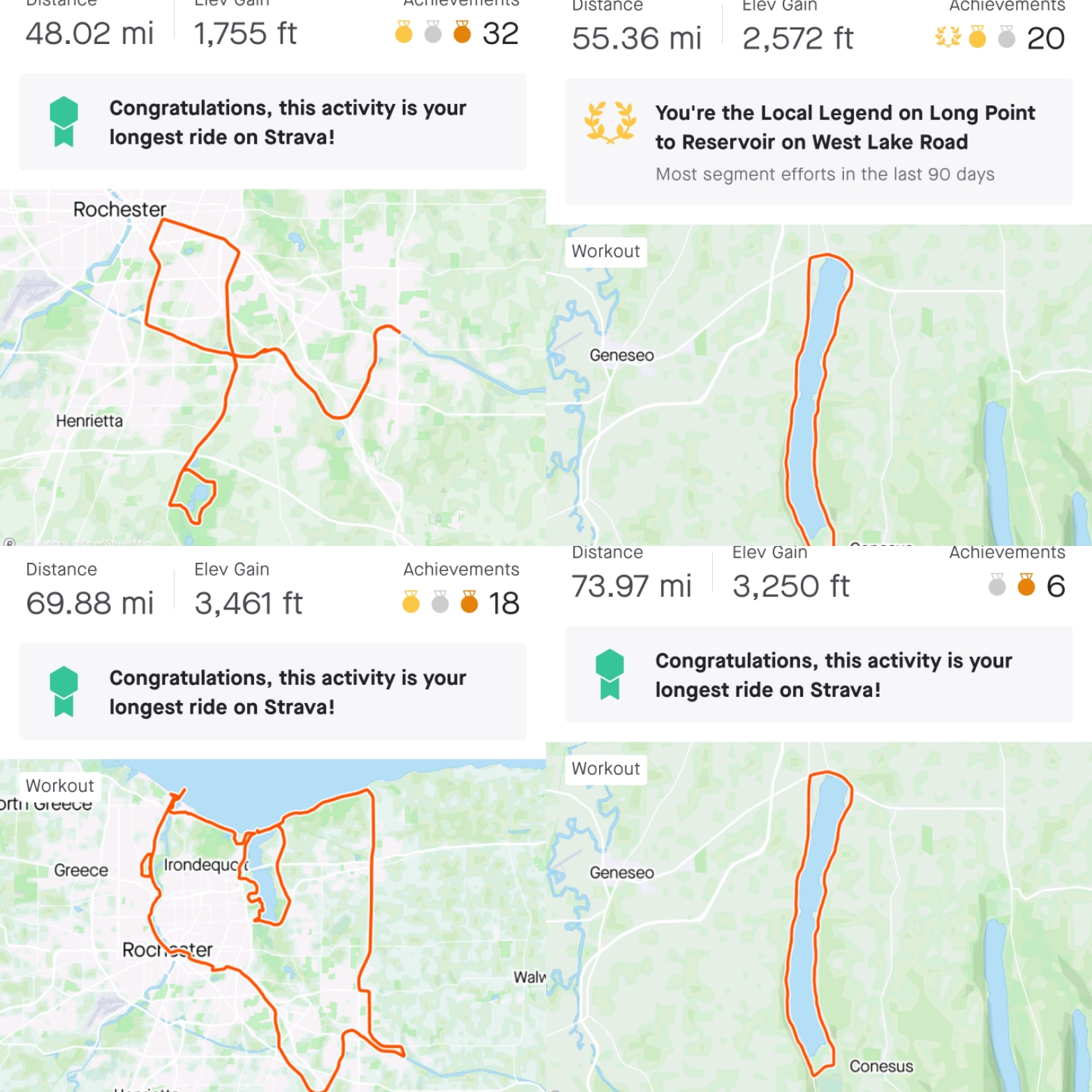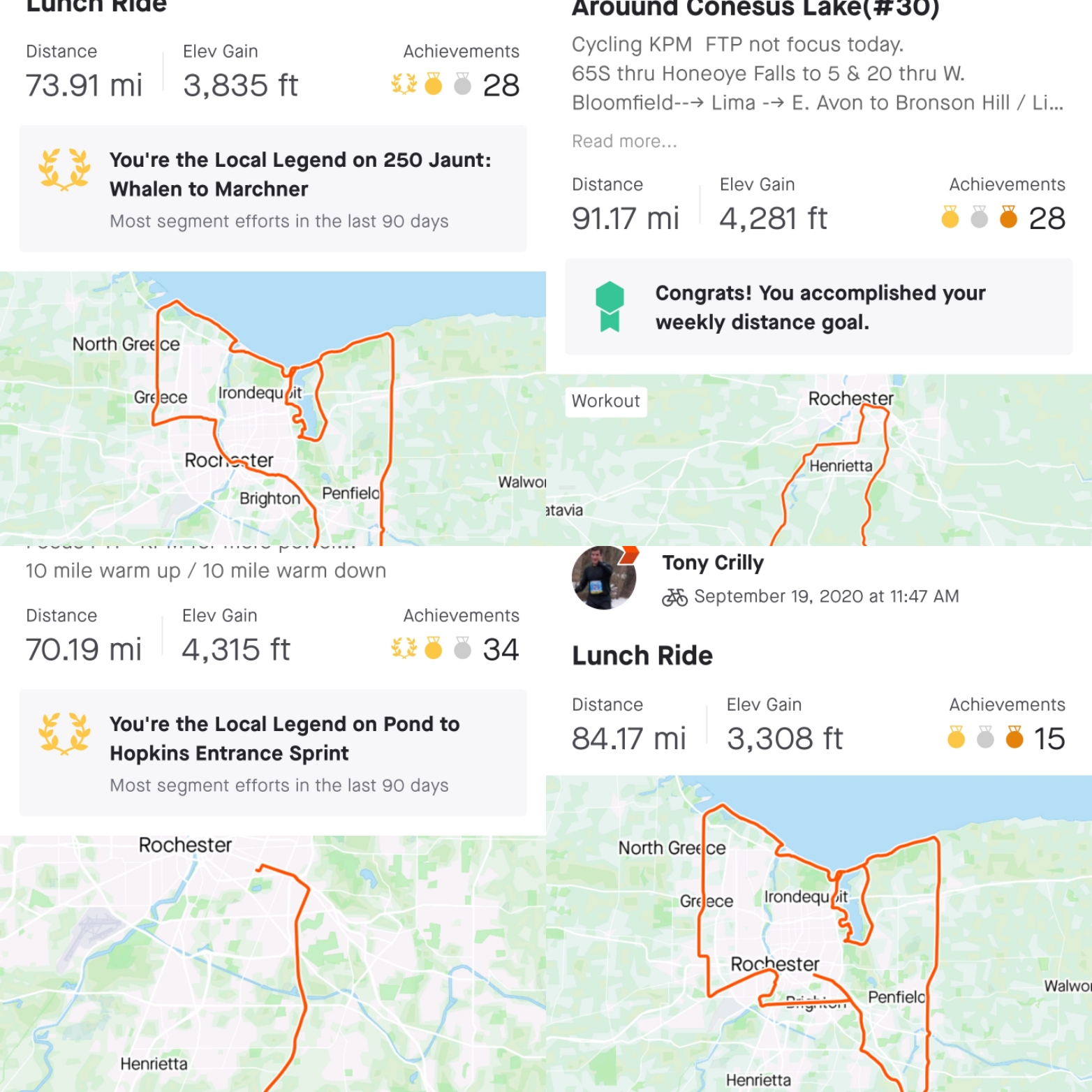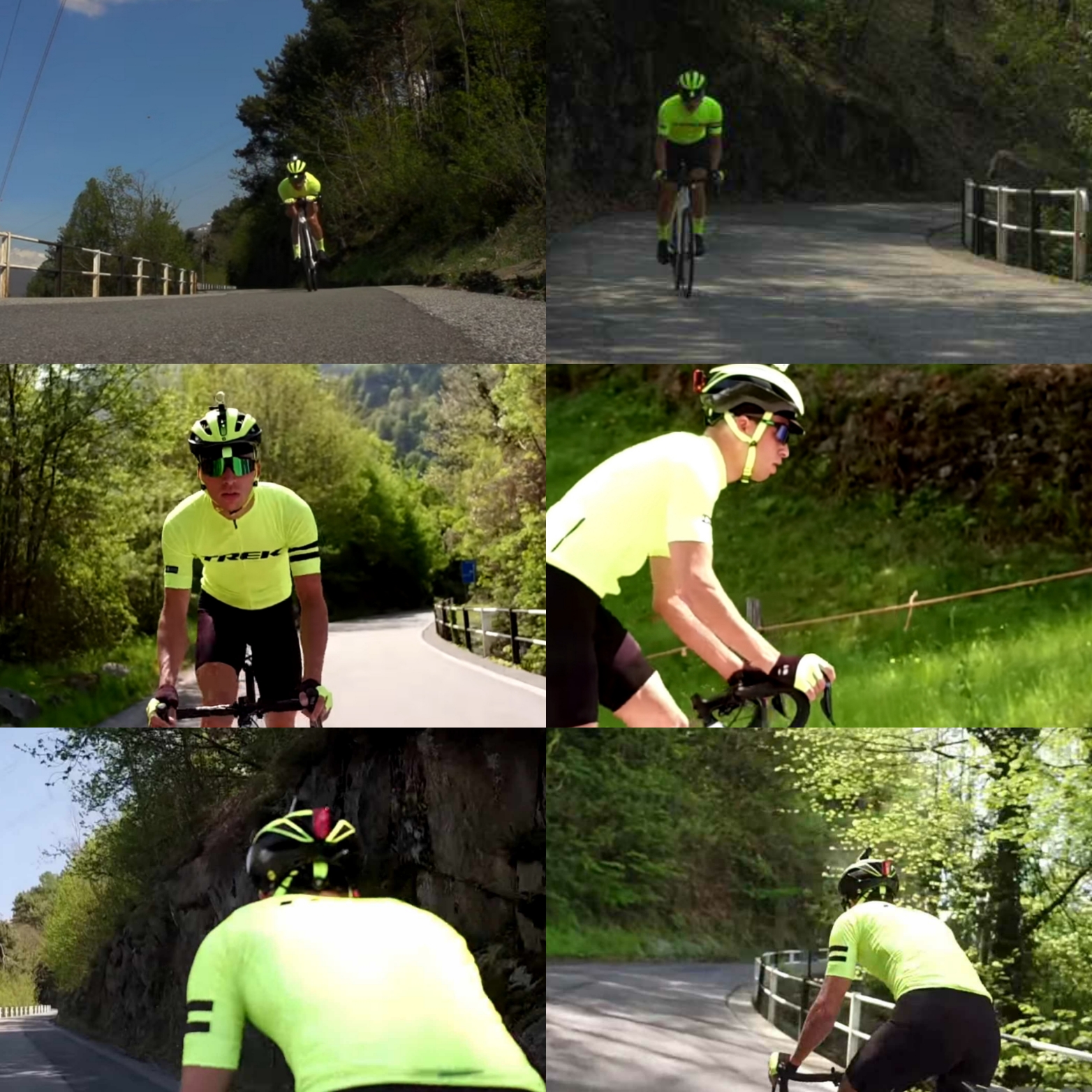
How I Could Tell if I Was Ready for a Century Ride
Completing a 100-mile ride — also known as a century — is a popular training and racing goal. Many consider it the cycling equivalent of running a marathon. The experience of riding 100 miles has pushed my body and mind to the limit. But what exactly happened to my mind and body when I headed out for that 100-mile ride?
Watching the mileage on my Garmin’s Fenix 6X Pro smartwatch tick over to triple digits is one of the most satisfying benchmarks in my cycling sport. Yet like all high marks, doing a century ride didn’t come easily; hitting a hundred miles in a single outing puts my fitness, skills, and general cycling know-how to the test.
Since I picked up riding (and since my meniscus edema from the 2019 races and 50+ mile weeks w/ speed work sprinkled in at RIT track twice a week), I have been riding more during the COVID-19 pandemic, getting closer to that elusive century ride mark is just what I needed to stay motivated. Here are six gauges that convinced me I was good to go…and make it to the finish.
Check out my activity on Strava: https://strava.app.link/qUoxZNPyTbb
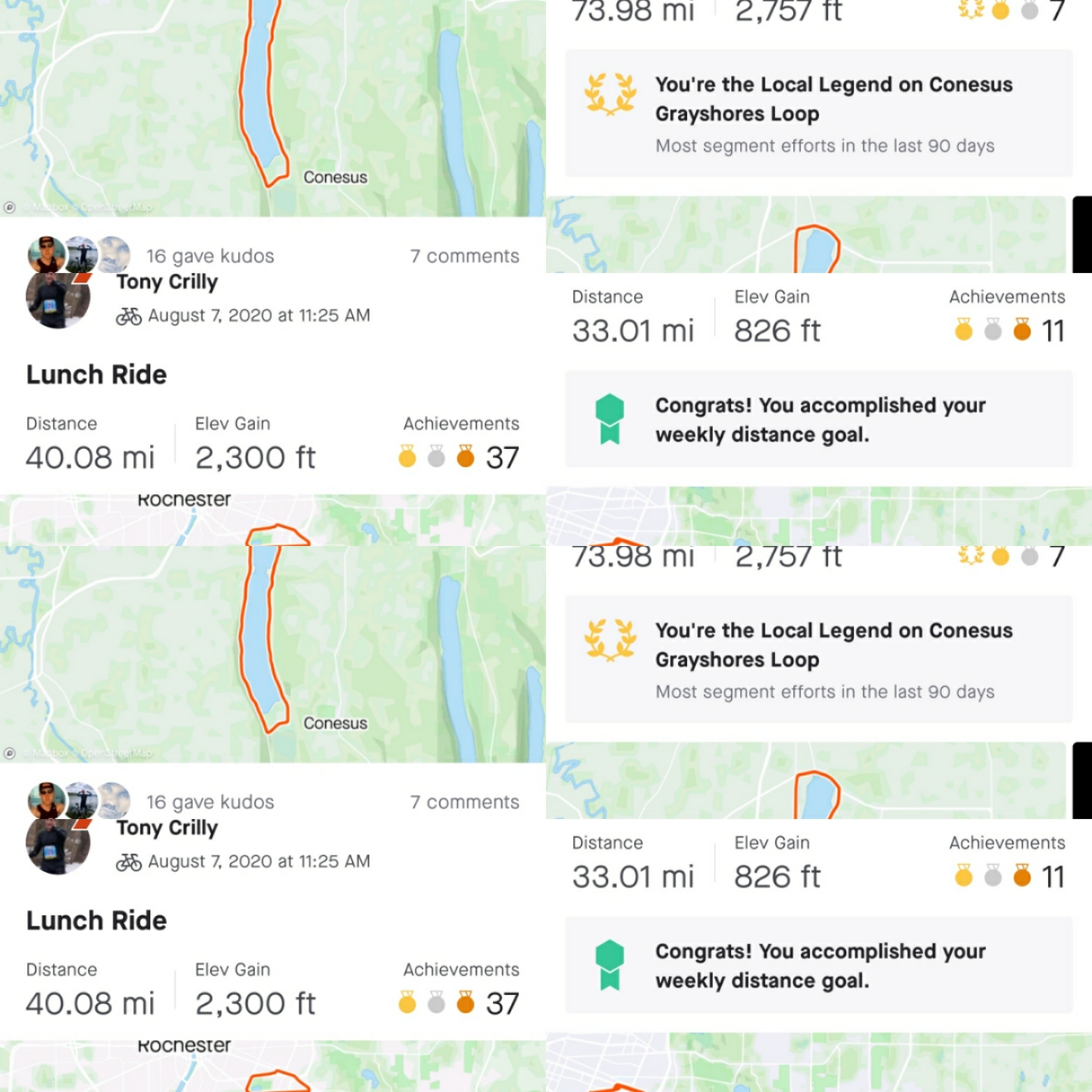
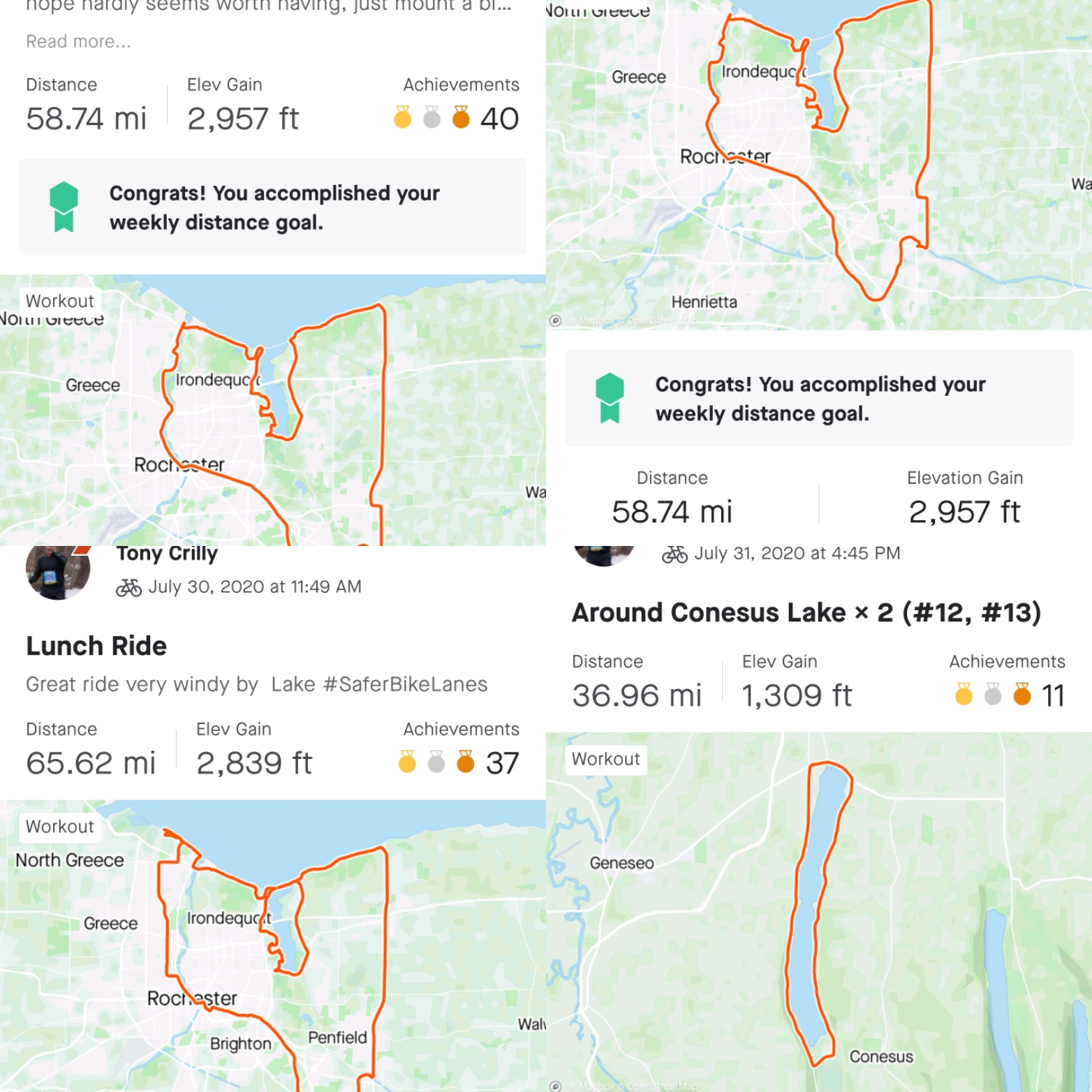
I’ve Clocked at Least 4 1/2 to 5 Hours in the Saddle
More than 30 years of fitness & endurance exercising, cycling has taught me that the fifth hour into an event is the hour of reckoning, where any errors in fit, pacing, hydration, nutrition, and so forth will rear their ugly heads. This 100 miler I am gunning for is not a pancake. Not any 100 miler is easy. I was not sure where I was going to do the 100 miler since a lot of my rides have been all over a tri-county area in Upstate New York. A rolling century I thought would take 6 ½ to 7 hours (using 15 mph as an average) but it took just under 6 hours in the saddle. I have been working up to it with multiple rides of at least 5 hours allowed me to practice everything I need to know and give me confidence on this day.
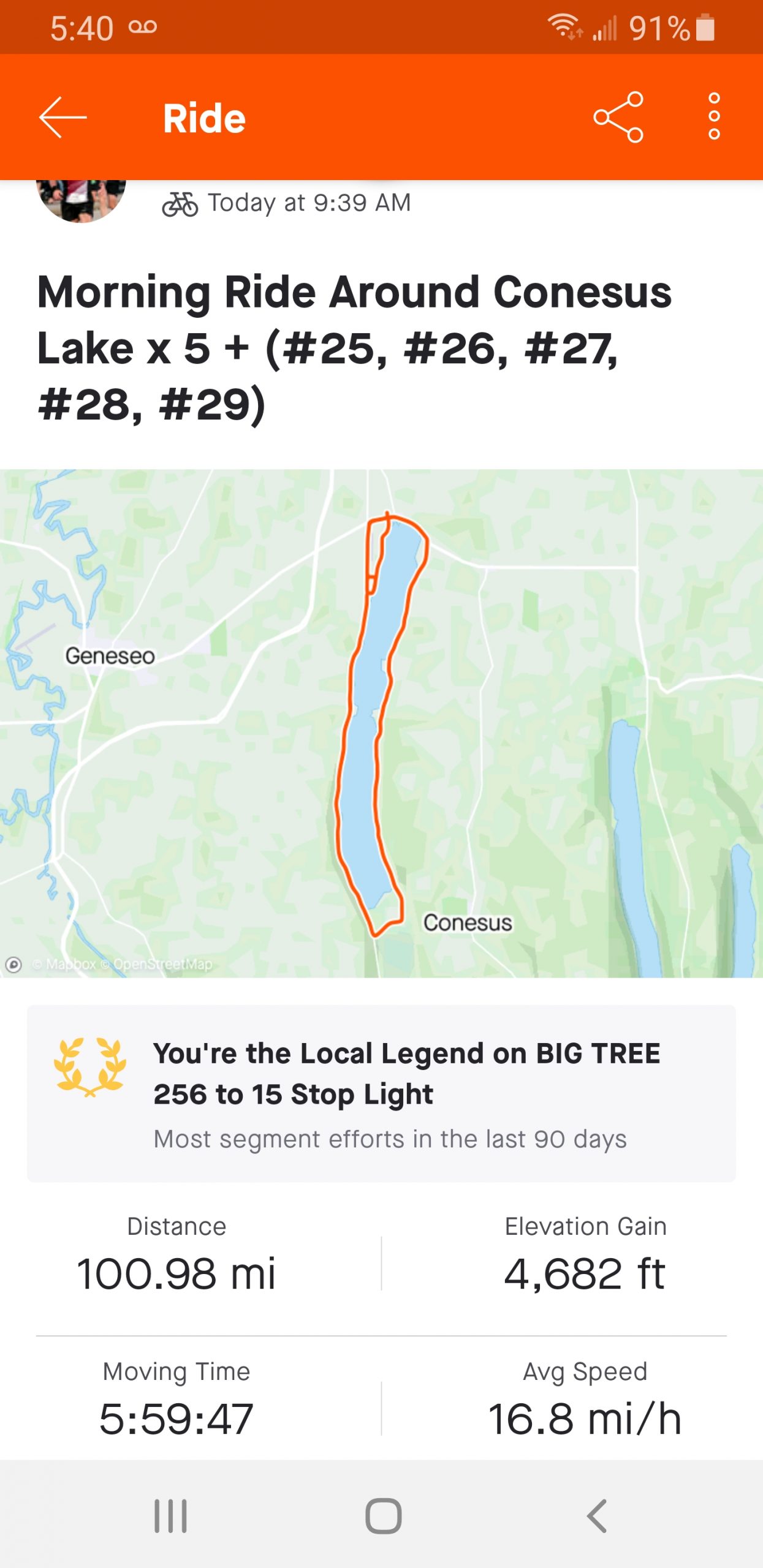
I Assumed—and Held—My Riding Position
Any little tweak that I feel after a few hours in the saddle will become a nagging pain once I hit the 5 hour mark and beyond. When I had this century in my sights, I was never sure when I would do it. However, I am sure to address any “little” fit issues like neck pain or back aches, knee twinges, and numb hands or feet, because they’ll only become more pronounced as the miles wear on. My research has shown that my upper body plays a significant role in not just supporting my weight as I ride, but also in generating power as I pedal. Strengthening the supporting muscles in my core, shoulders, and arms has helped me eliminate pain and fatigue, improving my endurance overall.
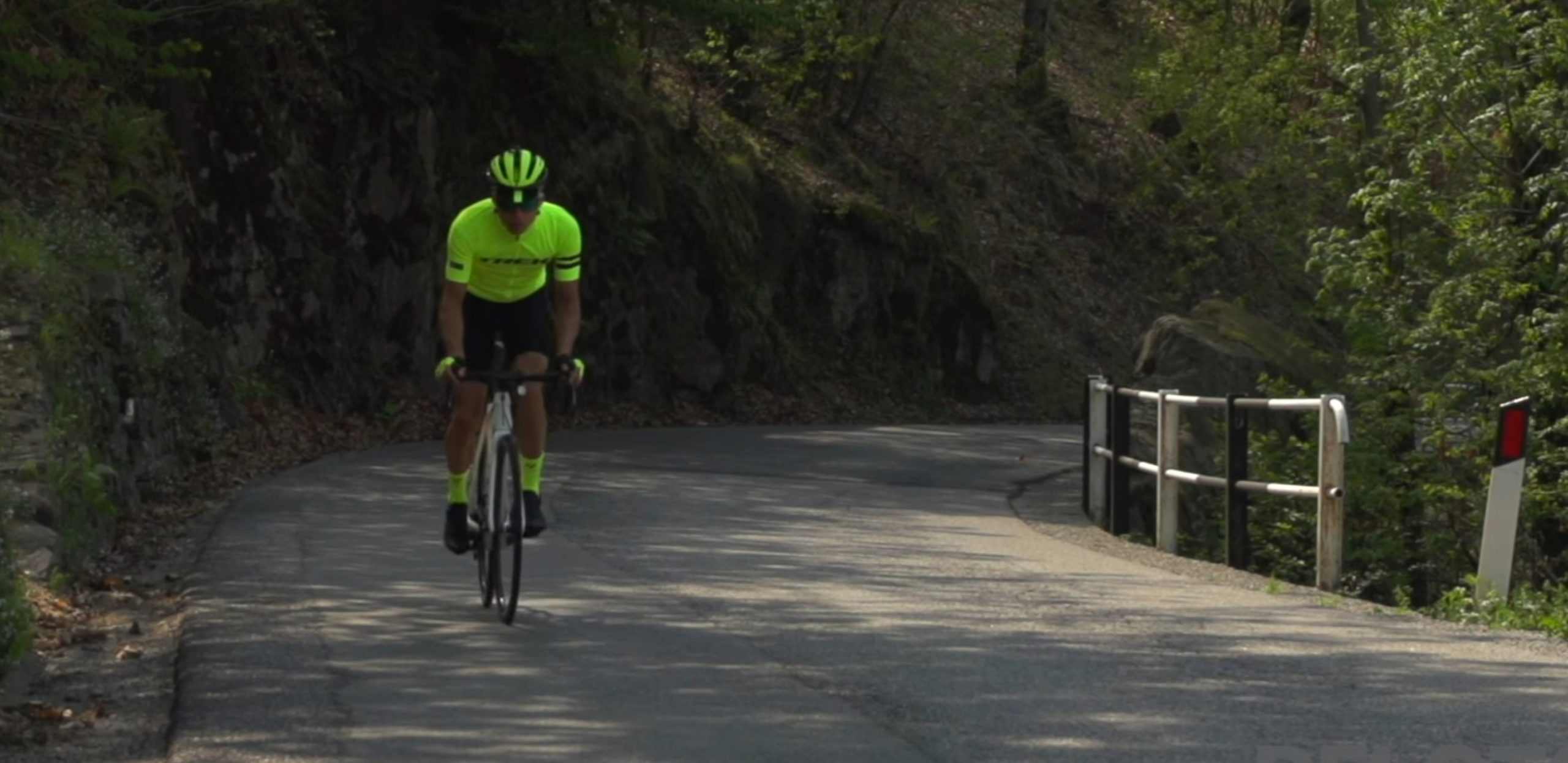
My Fueling Is Dialed
I know nothing sidelines an otherwise successful marathon runner or century like bonking or a raging case of rot gut (nausea generally from too much sugar). I made sure my first time 100 mile ride did not fail because I did not eat enouph or ate too much early in the event because it was important to stay hungry, empty stomach and limited sugars as so not to feel energy depleted… or until suddenly my energy levels sputter like a car on fumes. I went with taking in adequate fluids to stave off overheating and dehydration, both of which can sneak up on me after 4 or 5 hours of riding (as I experienced on earlier 55 – 75 mile rides). Practice in my training to nail my nutrition and hydration was important. I also learned this in my marathon training in early 2020 at mile 17 and how I felt.
On my long (training) rides, I aim to get about 200 calories an hour from simple foods like bananas, figs, and energy bars. Make it a goal to drain one 20 to 24 ounce bottle of sports drink every 2 to 2.5 hours.
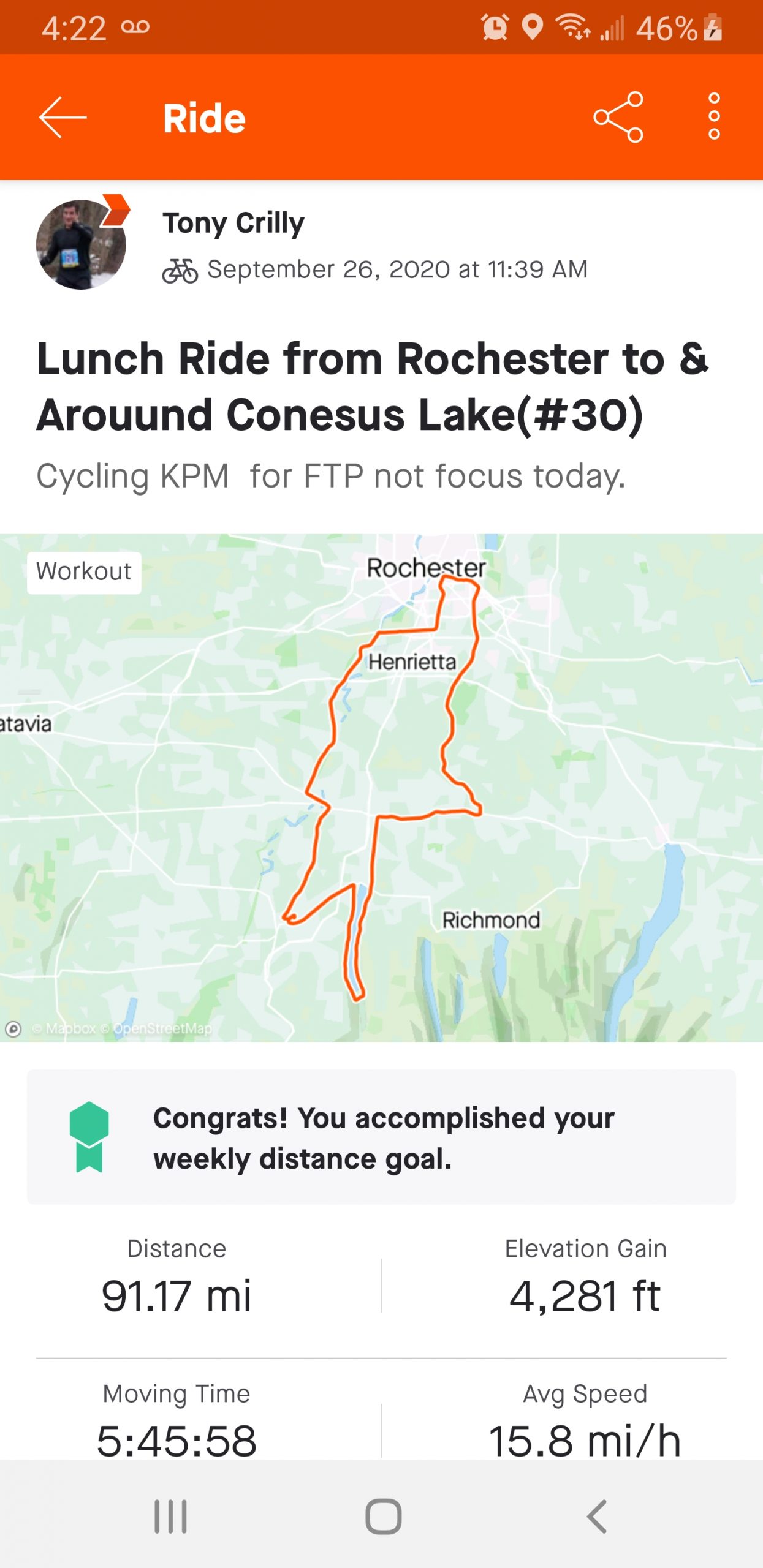
(65S thru Honeoye Falls to 5 & 20 thru W. Bloomfield—> Lima –> E. Avon to Bronson Hill / Livonia —>around Conesus Lake then Rte 20A thru Village Geneseo to Rte 39 to Avon 5 & 20 East to Rte 84 thru Scottsville thru Henrietta/Rochester.)
Absolutely beautiful color changing leaves Autumn 🍂 🌰 🎃 🚵♂️ 🌞🌡
I Was Prepared for Anything
One of my first 75 mile rides nearly cured me of going for a century. It left me dehydrated, light-headed, and un able to support myself and sought help from a local passerby. 8t was the first time I rode 4 times around Conesus Lake South of Rochester. New York. The climb just 2,000 feet over more than 10 miles. I live in Rochester where I climb that much in every 10 to 20 miles whether I want to or not. Forty miles in, everything hurt from being planted in the saddle hammering the flats without a break in position.
If I’m staying local, I’ve likely ready for the terrain I’ll encounter just by training in the area. There was a few weeks where I sought out hills to attack to keep my VO2 Max up there for running maintenance. If I’m traveling somewhere new for my long ride, I research and try to simulate what I’ll find in my rides leading up to it.
I Am Really Prepared for Anything
Flat tires,, incoming storms, windy conditions, traffic, road conditions, muscle cramps, dwhydration…lots can happen in 100 miles. I had a plan for what I’ll do should common mishaps (like suffering a mechanical) happen out there. At the very least, I did myself a favor and practiced fixing a flat before the big ride. Not by choice mostly but after doing it so many times I knew what I needed to do to get back up and riding asap. I had extra tube, bicycle repair kit, portable pump, etc. in which I used multiple times to get used too it. So, when it happens I am ready.
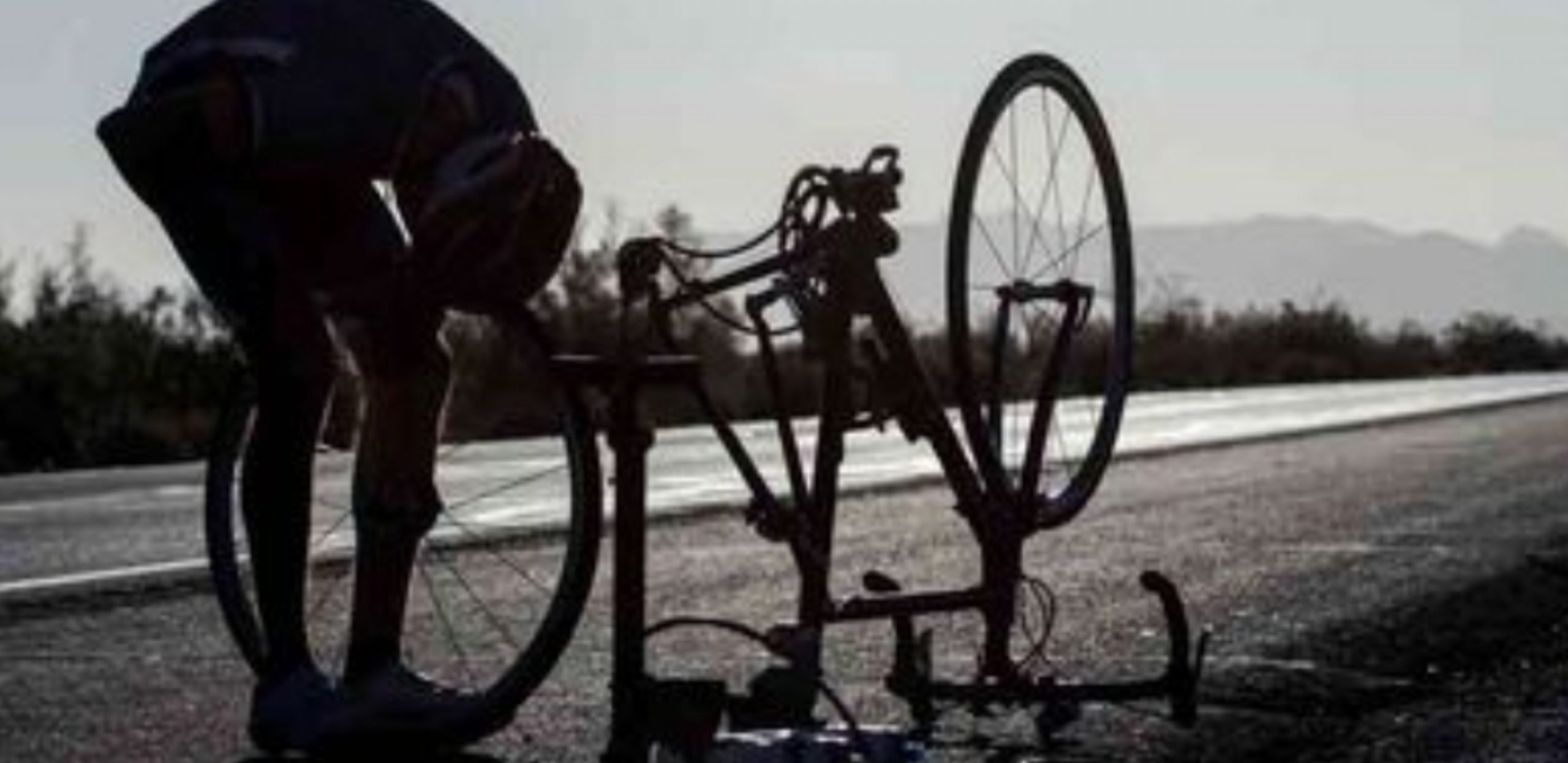
Almost There: Near The Finish
As I near the finish of any effort, a long run, a 5k, 10k, half-marathon race, my brain generally lets me ’empty the tank’ and charge just a little harder. Again, I am always pushing my limits to endure onward and upward. Much of my performance as things get hard is limited by my expectations and how they compare to my current perceived exertion. I usually have no expectations but just “I Can Do” and “KeepPushing” attitude. I rarely feel tired and less motivated in the final hours of a long ride and the choice when I decide helps me endure.
In these final 24 miles of the ride, my heart rate is less important and my RPE and perception of my position in the ride on the course become relative to what I have left in the tank. This is where mantras and self-talk come in, “I tell myself ‘One more lap’ until the ride is done (laps ar 19 miles long which is 1 time around Conesus Lake) because I can always do one more lap.” For these long rides, I try associating a distance with the ride I do on my other rides and I have done this before. I remind myself I ride that distance all the time and I know I can gut out 25 more miles.
I remember, toward the end of the ride or race, I know I’ve emptied the tank in those final miles. I don’t stress if my pace doesn’t stay perfectly steady near end of my ride.
In a recent regular Dr. visit to guage my health & fitness levels, blood tests after long rides show increased immune system activation. So, again, fueling during my ride helps avoid going too deep into fatigue and stress response. A good post-ride snack soon after finishing and another meal a few hours later helps avoid too much immune response or prevents an illness that reduces the benefit I get from a long training ride and increases mybrecovery time.
When I’m finished, I make sure I focus on steadily (and slowly) rehydrating. Even if I guzzle water along my ride, I’ll likely still be slightly under-hydrated, so I keep an eye on the color of my pee. I try to keep it at a light yellow color over the next 24 hours. Include plenty of high-quality carbohydrates and protein in my recovery meal, especially if i’ve relied on simple sugars for the entire day.
Last, take a minute to congratulate yourself and bask in your successful completion of 100 miles — it’s a great physical, mental and emotional accomplishment, and you should be proud! (***Update: Crilly finished his 2nd Century Ride on October 10, 2020)
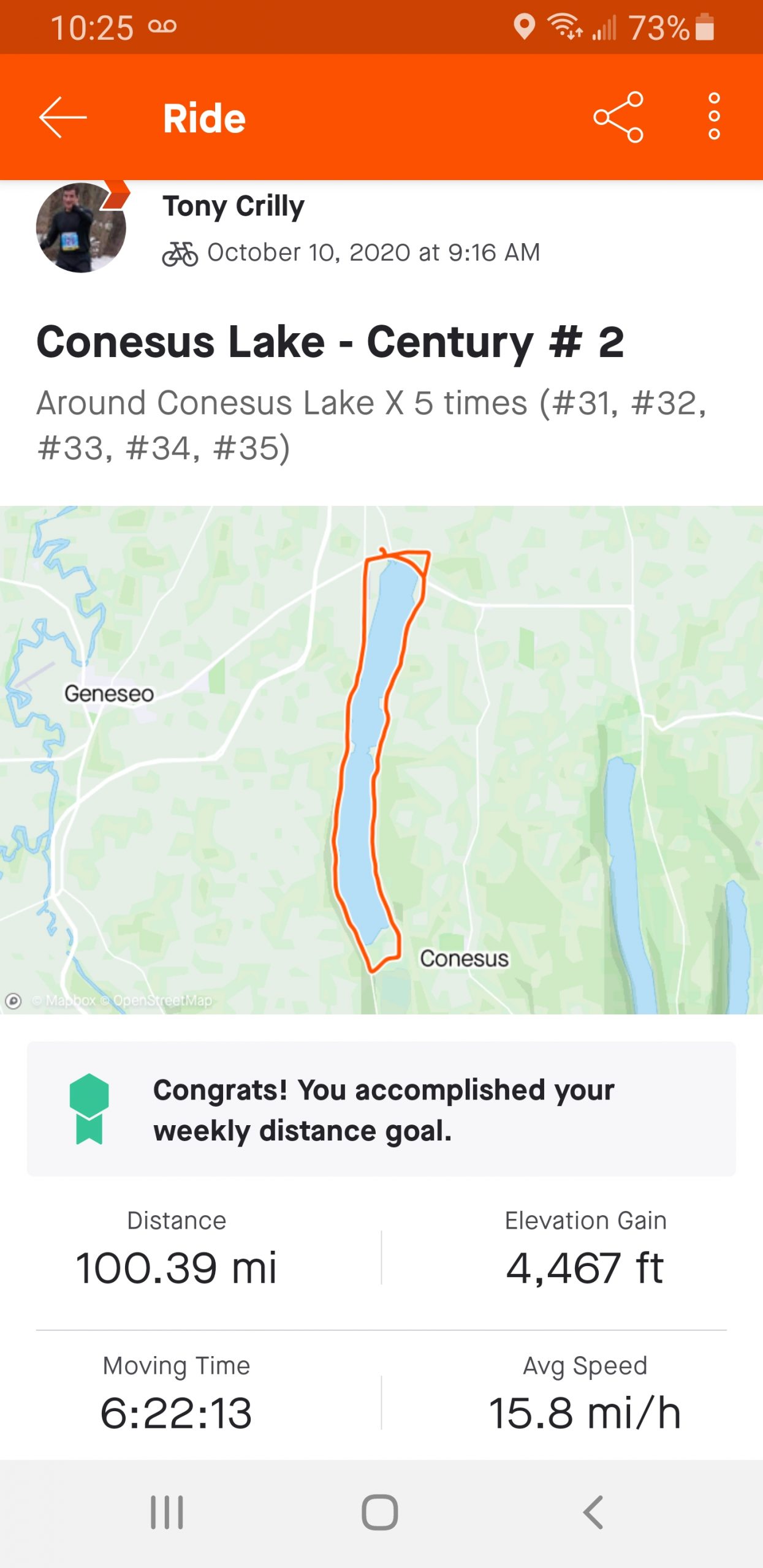
If you are interested in following Tony Crilly on Strava please click on the link below. Happy yearning! #keeppushing #beyourbest
More rides building up to a Century tide.
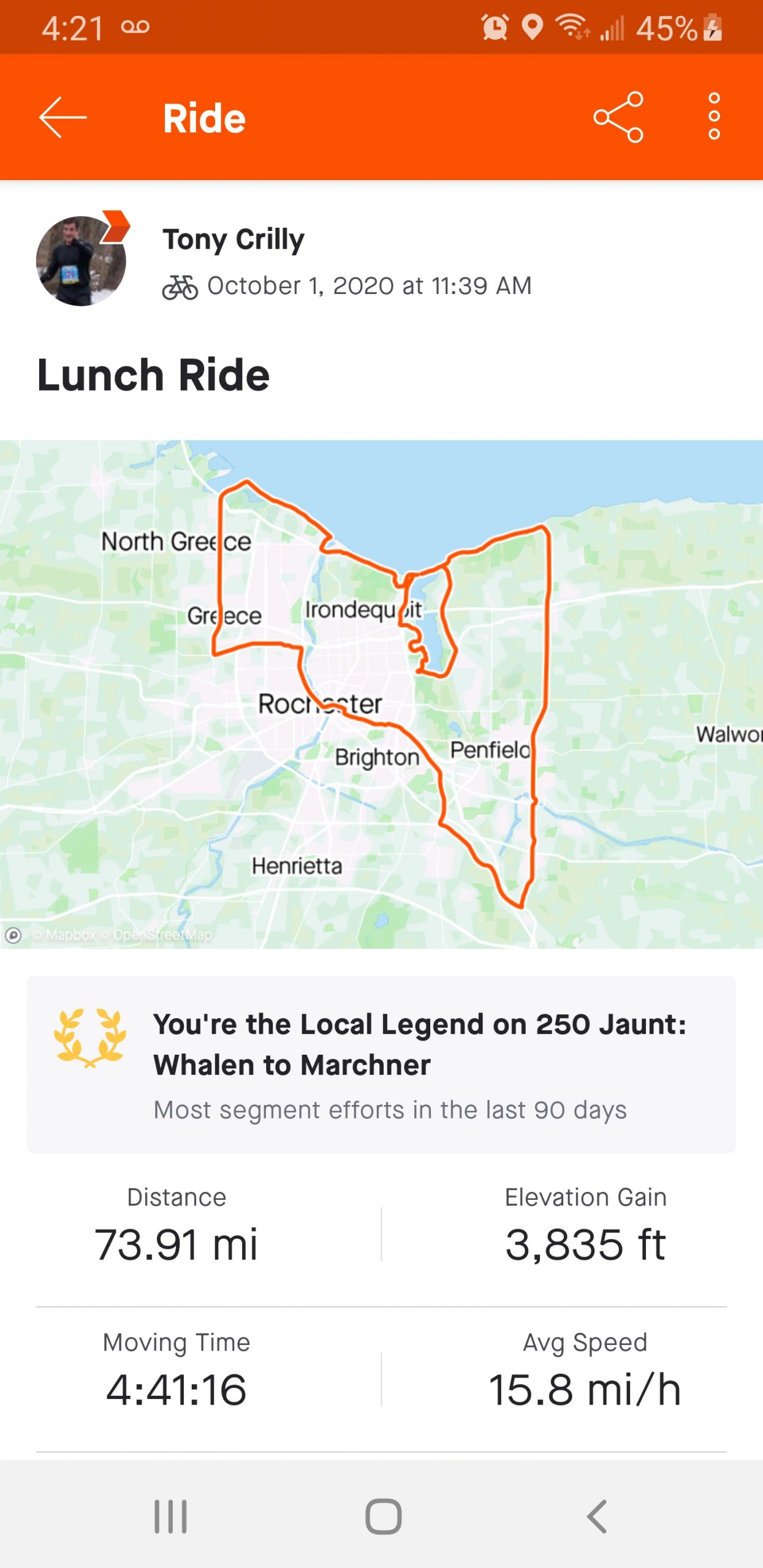
For dozens of other rides,, runs,, and swims….
Check out my activity on Strava: https://strava.app.link/kqzFSUjz5ab


